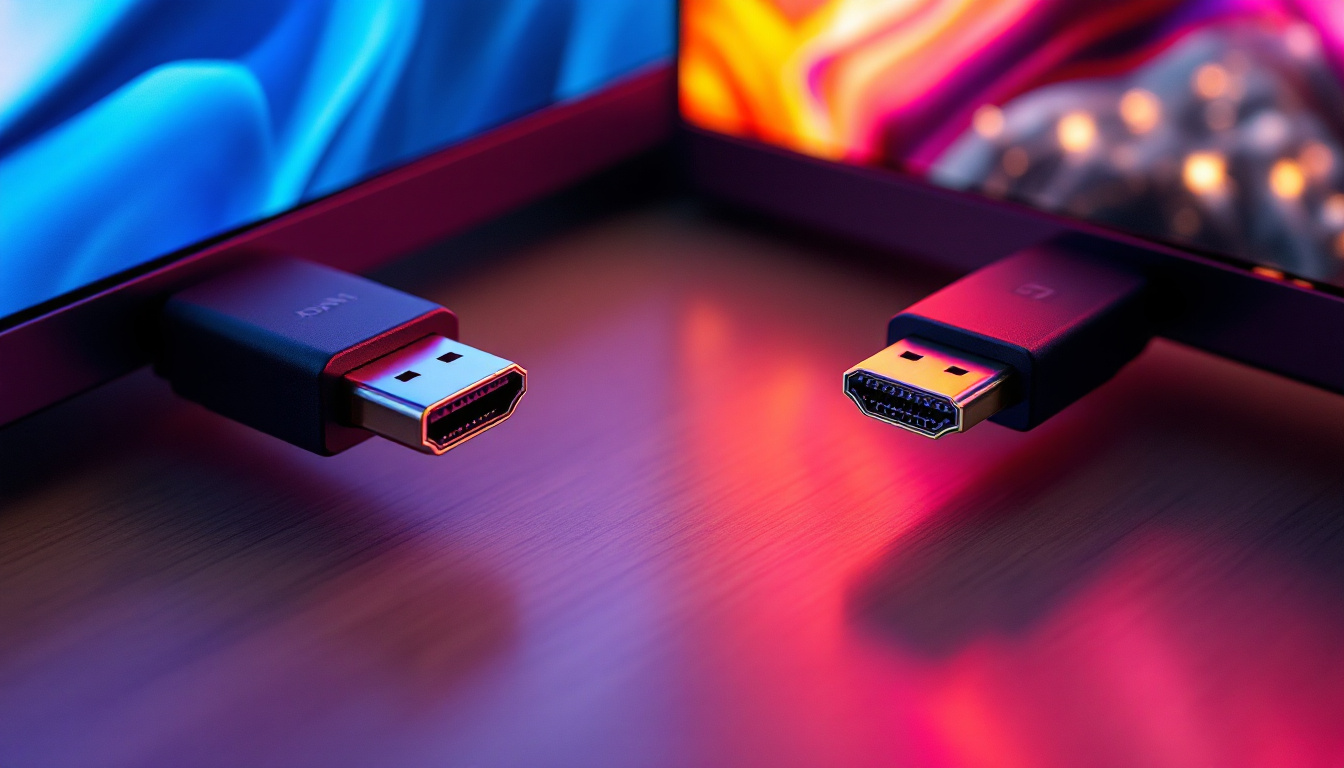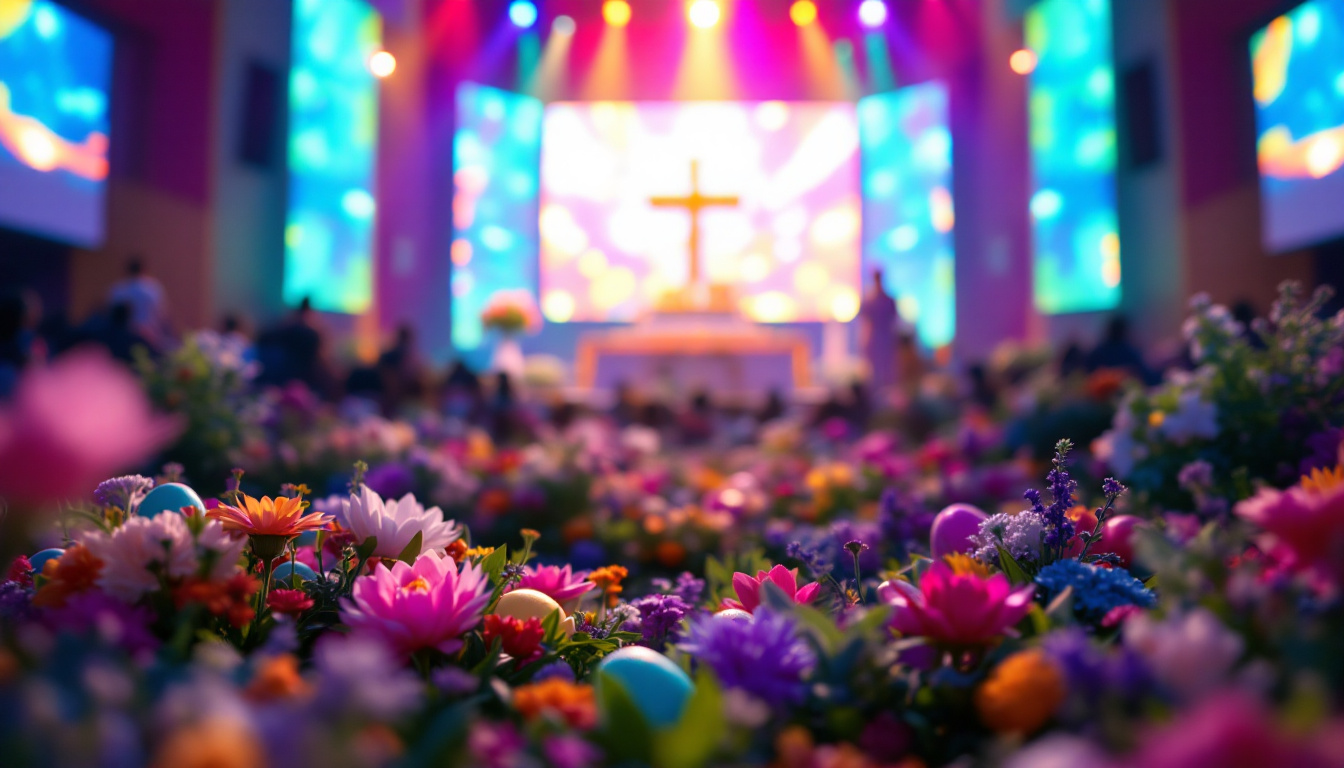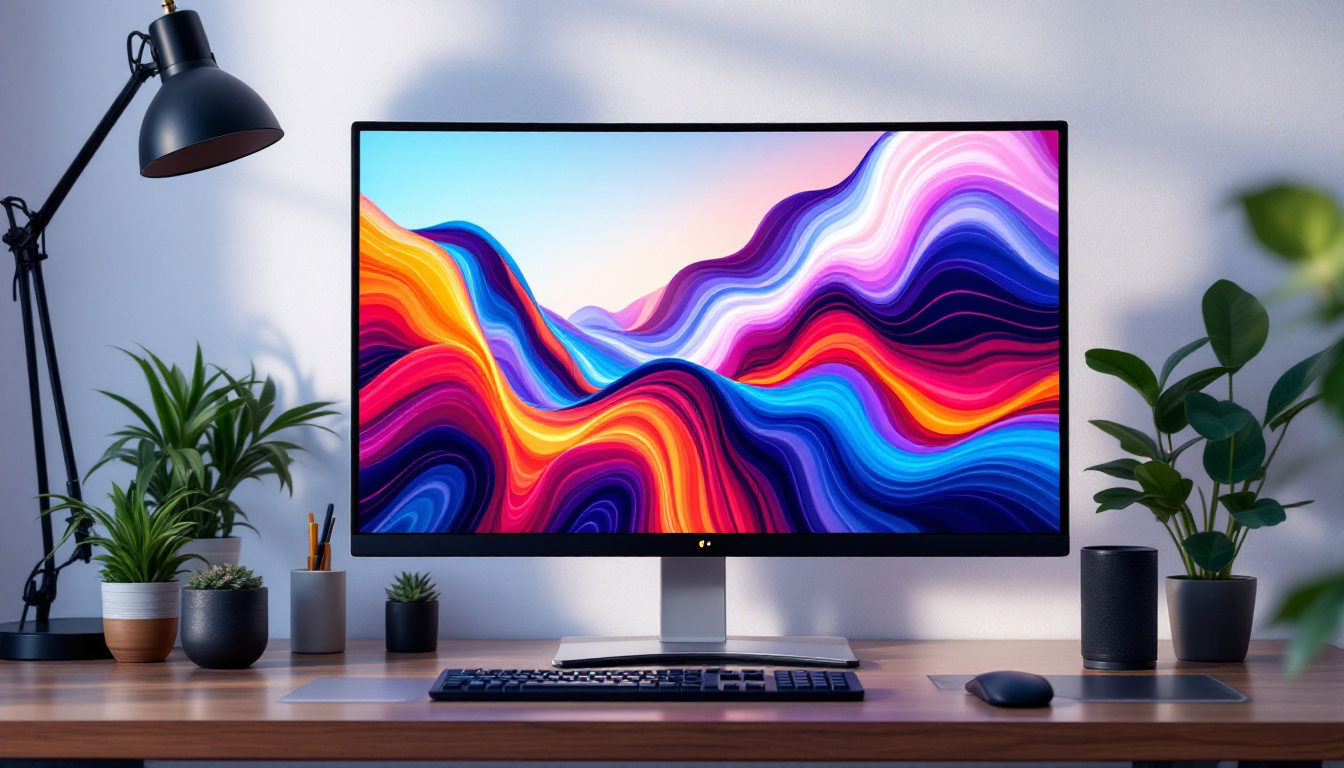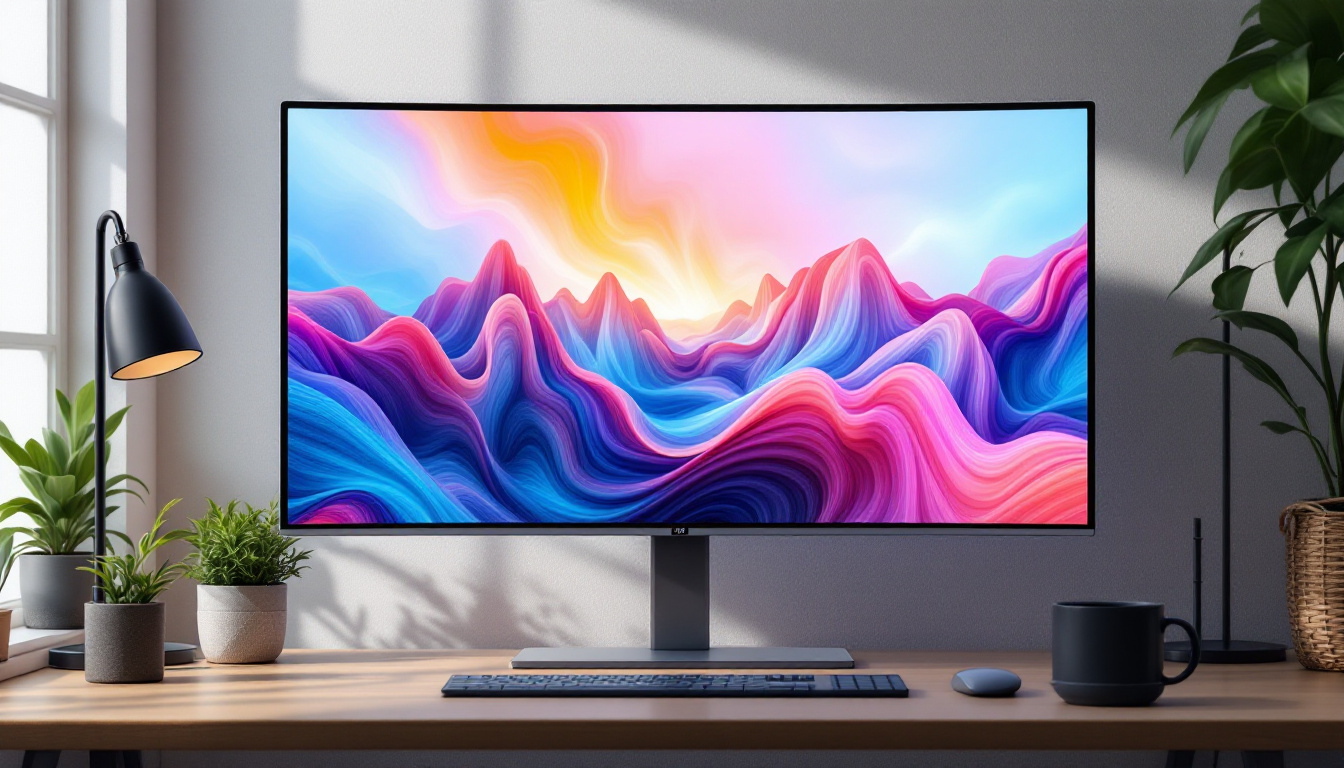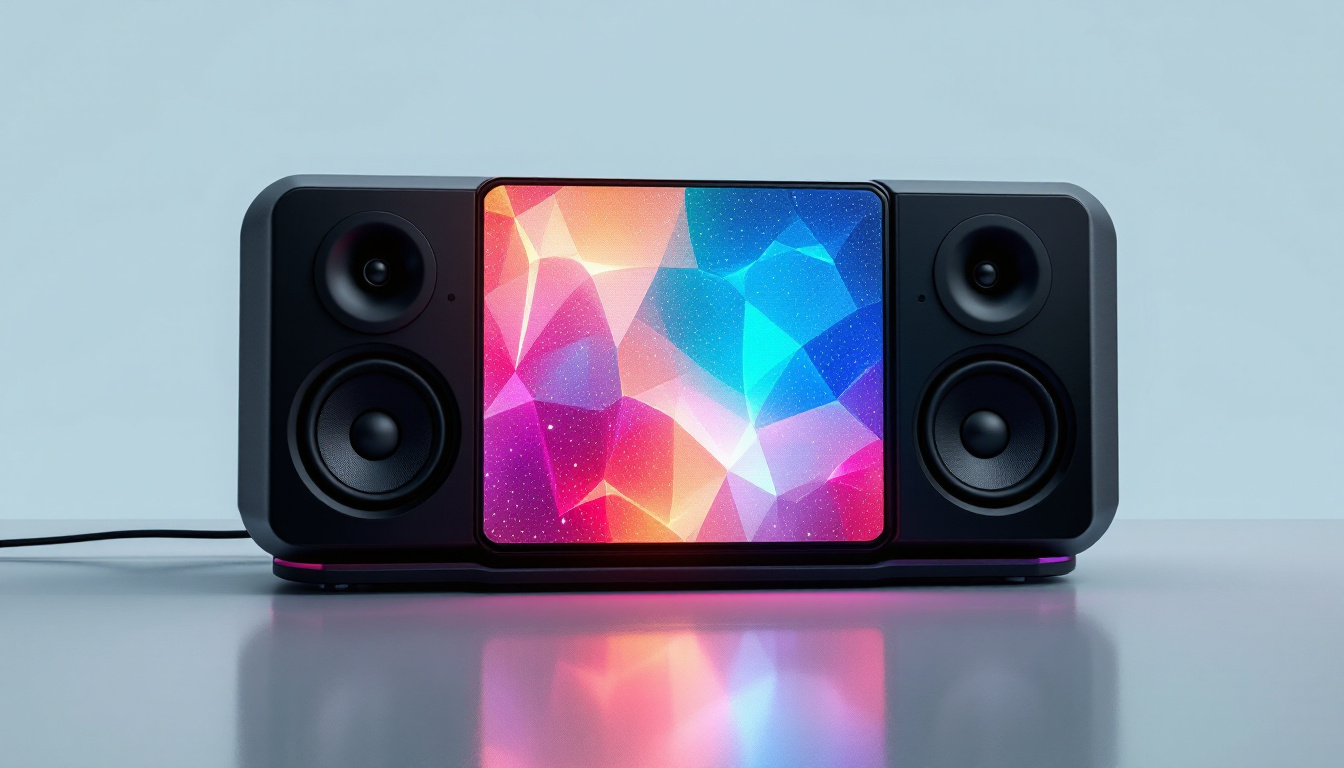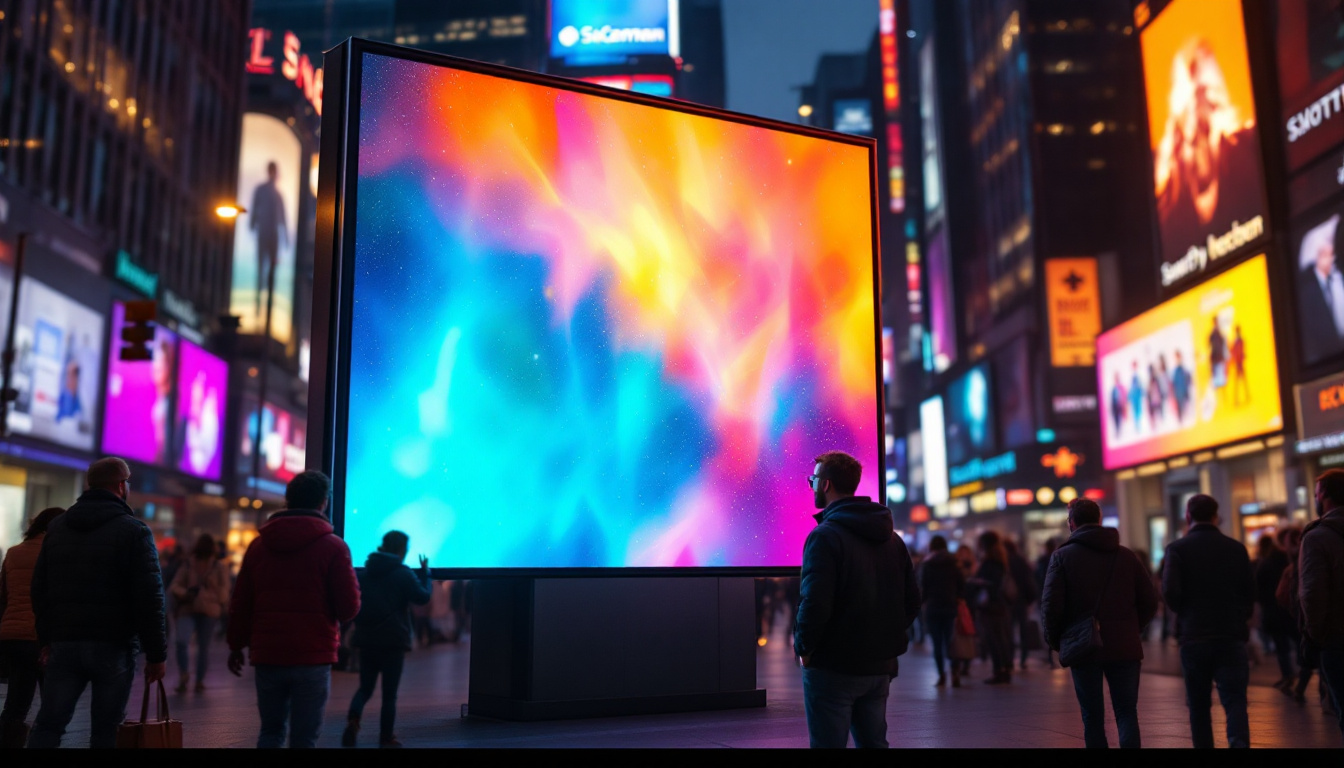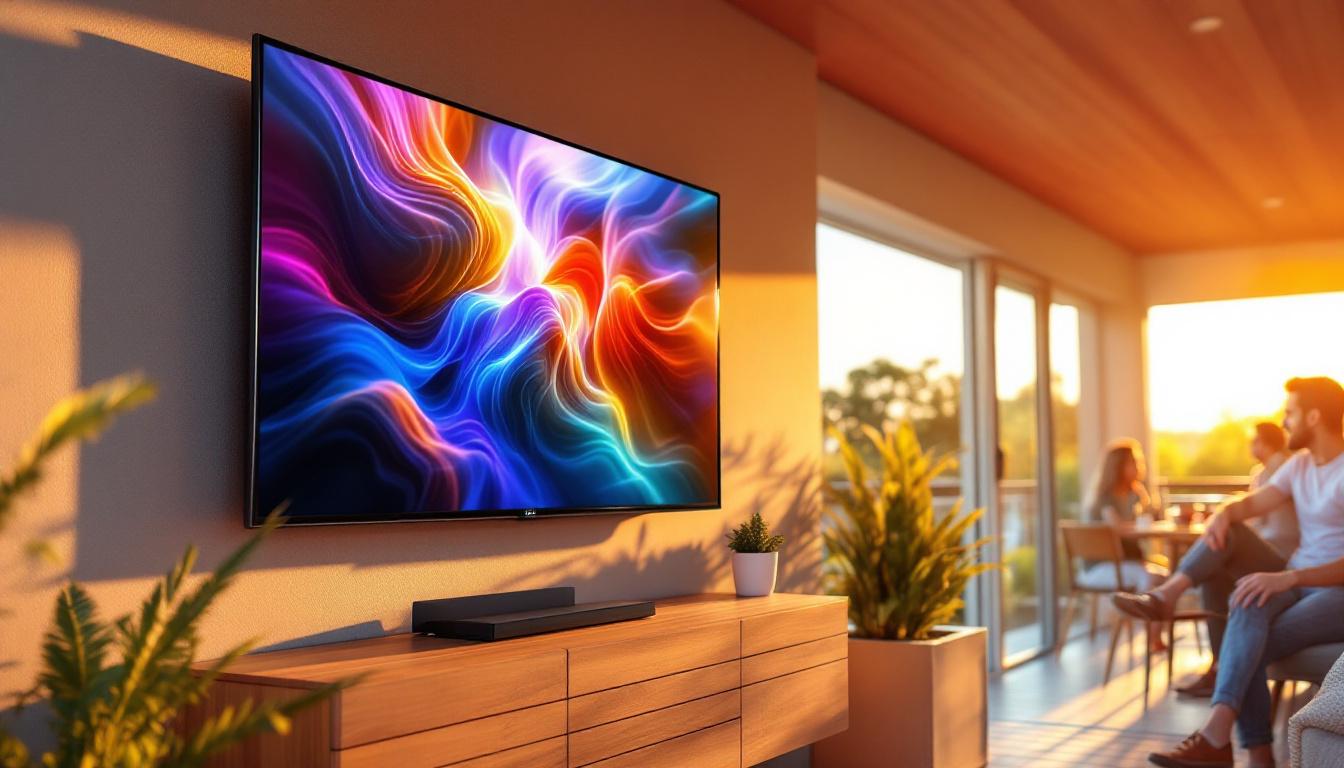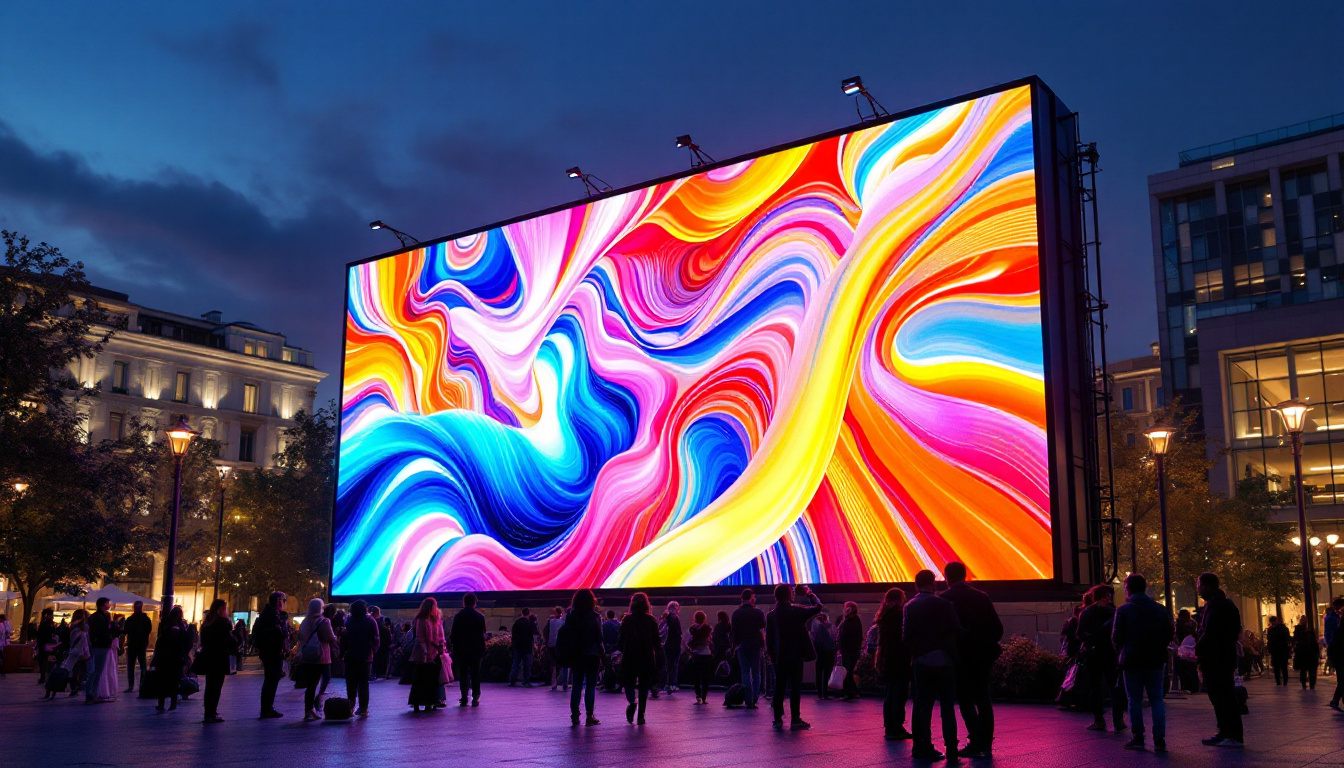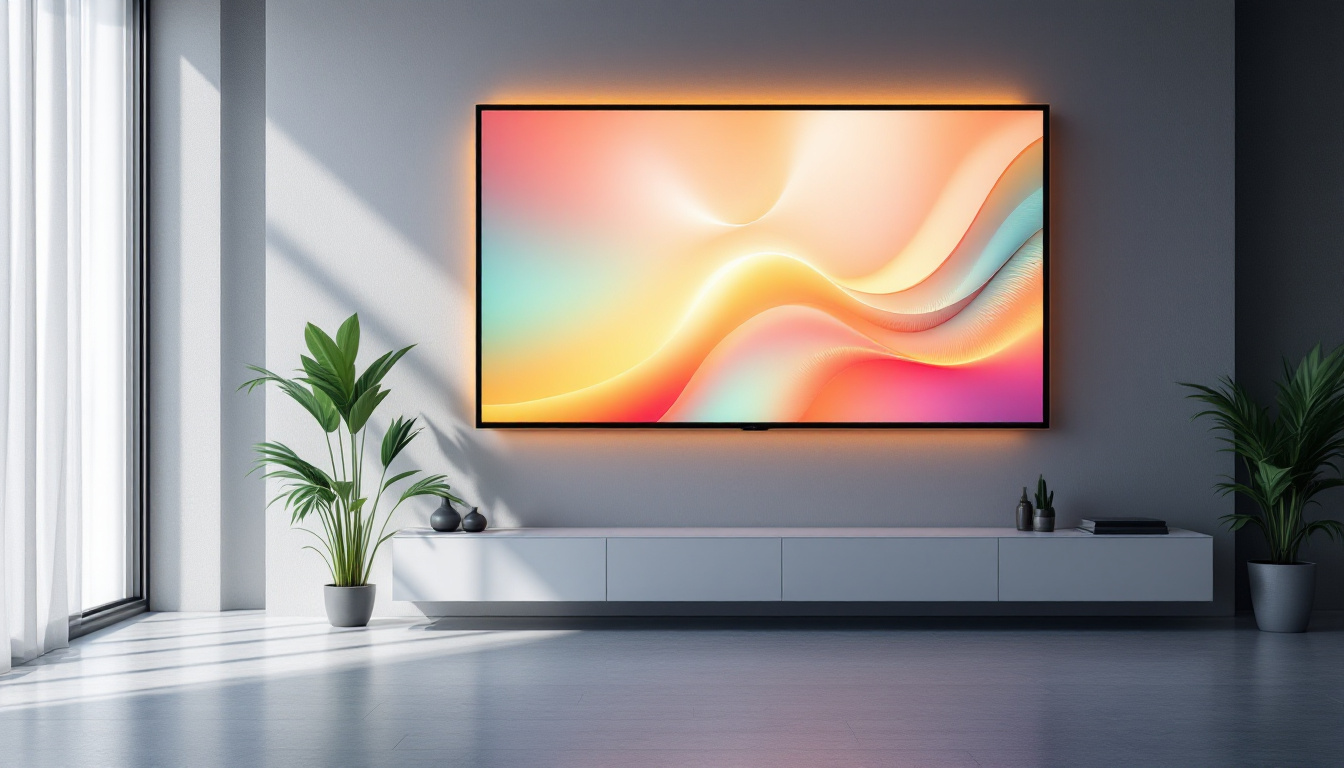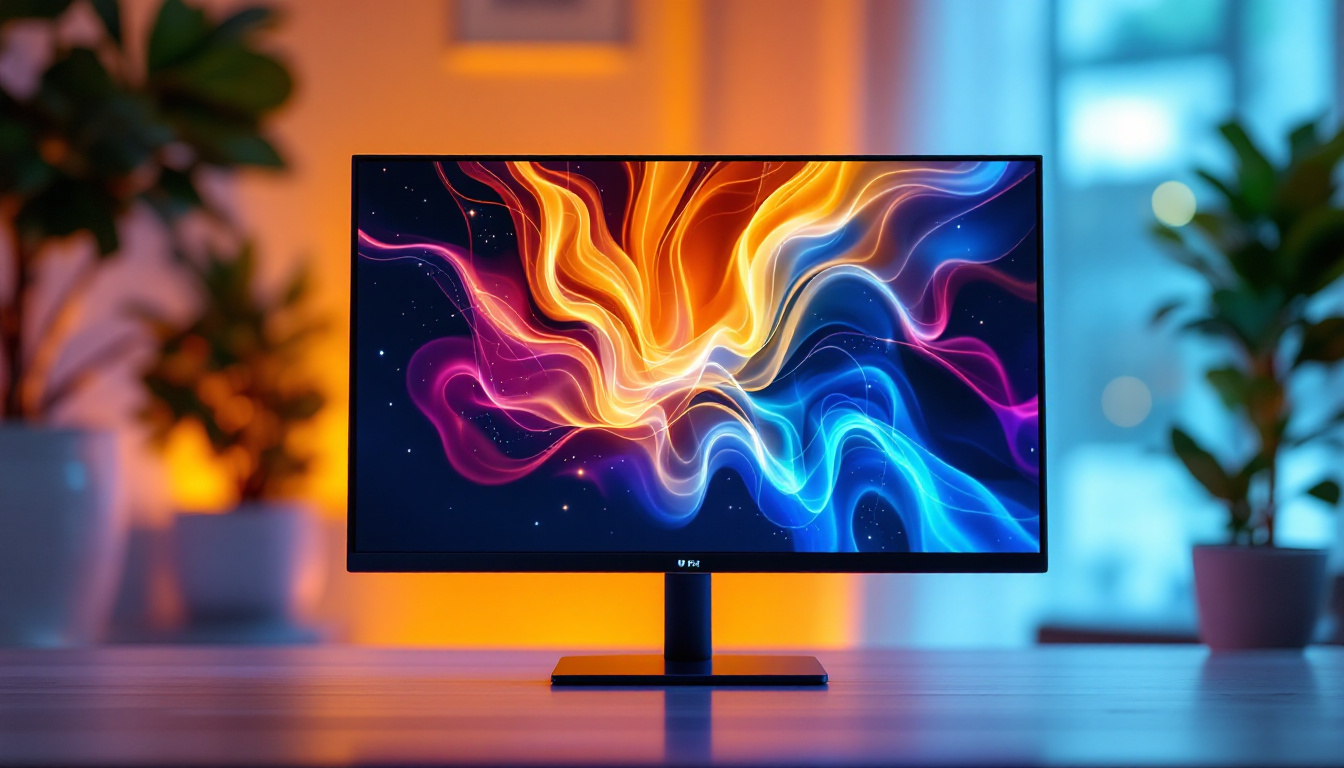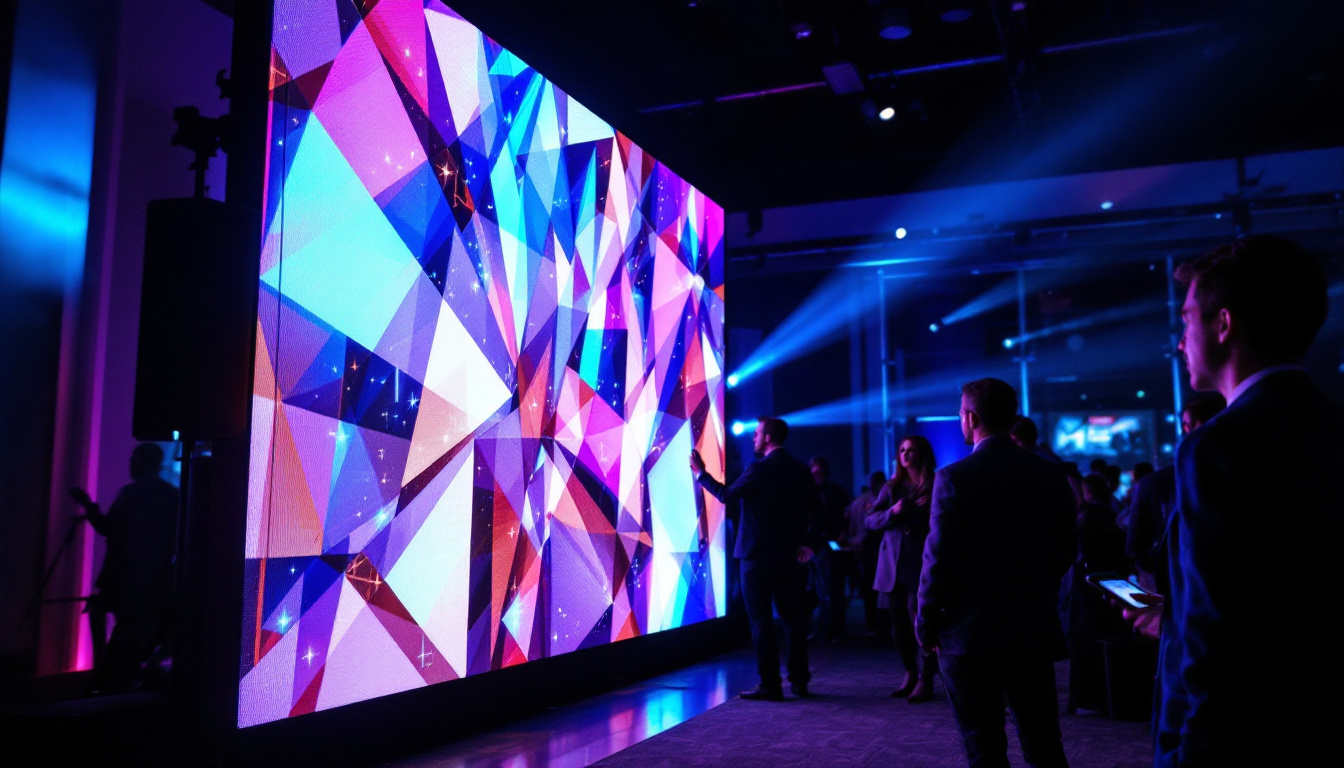DisplayPort Vs HDMI 2.1: LED Display Explained
In the world of digital displays, two prominent interfaces have emerged as leaders: DisplayPort and HDMI 2.1. Both technologies play crucial roles in delivering high-quality audio and video signals, but they cater to different needs and user scenarios. This article delves into the intricacies of these two interfaces, comparing their features, advantages, and ideal use cases, particularly in the context of LED displays.
Understanding the Basics
What is DisplayPort?
DisplayPort is a digital display interface developed by the VESA (Video Electronics Standards Association). It was designed to replace older standards like VGA and DVI, providing higher bandwidth and supporting advanced display features. DisplayPort supports multiple display configurations, allowing users to connect multiple monitors to a single port, which is particularly beneficial for professionals in graphic design, video editing, and gaming.
The latest version, DisplayPort 2.0, offers impressive bandwidth capabilities, reaching up to 80 Gbps. This allows for higher resolutions, refresh rates, and color depths, making it an excellent choice for high-end displays and gaming setups. Additionally, DisplayPort supports features like Adaptive Sync, which helps eliminate screen tearing and stuttering during gameplay, providing a smoother visual experience. This capability is crucial for competitive gamers who rely on every frame to gain an edge over their opponents.
Moreover, DisplayPort’s versatility extends beyond just video output; it also supports audio transmission and can carry USB data, making it a comprehensive solution for modern multimedia setups. The ability to daisy-chain multiple monitors using Multi-Stream Transport (MST) is another significant advantage, allowing users to create expansive workspaces without cluttering their desks with multiple cables. This feature is particularly useful for those who require extensive screen real estate for multitasking or immersive gaming experiences.
What is HDMI 2.1?
HDMI (High-Definition Multimedia Interface) is another widely used digital interface that connects various devices, including TVs, projectors, and gaming consoles. HDMI 2.1 is the latest iteration of this technology, introducing significant advancements over its predecessors. Key features include support for 8K resolution at 60Hz, dynamic HDR, and enhanced audio return channel (eARC).
With a maximum bandwidth of 48 Gbps, HDMI 2.1 is designed to meet the demands of modern entertainment systems, ensuring seamless integration of audio and video signals. This makes it particularly appealing for home theater enthusiasts and gamers who want the best possible experience. The inclusion of features like Variable Refresh Rate (VRR) and Quick Frame Transport (QFT) enhances gaming performance by reducing latency and providing smoother frame transitions, which is essential for fast-paced gaming scenarios.
Furthermore, HDMI 2.1 supports advanced audio formats, including object-based audio technologies like Dolby Atmos, which creates an immersive sound experience that complements high-resolution visuals. This capability is a game-changer for home theater setups, allowing users to enjoy cinematic sound quality that transports them right into the action. As more content becomes available in 8K and with advanced audio formats, HDMI 2.1 is poised to become the standard for next-generation entertainment systems, ensuring users are future-proofed for the latest advancements in technology.
Comparative Analysis of Features
Bandwidth and Resolution
When comparing DisplayPort and HDMI 2.1, one of the most critical factors is bandwidth. DisplayPort 2.0’s 80 Gbps bandwidth allows for higher resolutions and refresh rates than HDMI 2.1’s 48 Gbps. For instance, DisplayPort can support 8K resolution at 120Hz with HDR, while HDMI 2.1 can do so at 60Hz.
This difference in bandwidth makes DisplayPort a more suitable option for professional applications that require high refresh rates and resolutions, such as gaming and graphic design. However, HDMI 2.1 is more than capable of handling 4K gaming at 120Hz, which is sufficient for most consumers. Additionally, the increased bandwidth of DisplayPort 2.0 enables support for multiple displays through a single connection, allowing users to create expansive multi-monitor setups that are particularly beneficial for productivity and immersive gaming experiences. This versatility can be a game-changer for professionals who rely on extensive screen real estate for their work.
Audio Capabilities
Both DisplayPort and HDMI 2.1 support multi-channel audio formats, but HDMI 2.1 has the edge with its enhanced audio return channel (eARC). This feature allows for the transmission of high-quality audio formats, such as Dolby Atmos and DTS:X, from the TV back to an audio receiver or soundbar.
DisplayPort also supports audio transmission, but it is primarily focused on video applications. For users who prioritize audio quality, especially in home theater setups, HDMI 2.1 is the better choice. Moreover, HDMI 2.1’s support for object-based audio formats allows for a more immersive sound experience, as it enables sound to be placed and moved in a three-dimensional space, enhancing the overall viewing experience. This capability is particularly appealing for cinephiles and gamers alike, as it brings a new level of realism to soundscapes.
Adaptive Sync Technologies
Adaptive sync technology is essential for gamers, as it helps eliminate screen tearing and stuttering. DisplayPort supports AMD’s FreeSync and NVIDIA’s G-SYNC, making it a preferred choice for gaming monitors. These technologies synchronize the display’s refresh rate with the frame rate of the graphics card, resulting in a smoother gaming experience.
HDMI 2.1 introduced Variable Refresh Rate (VRR), which serves a similar purpose. While VRR is a significant improvement, it has not yet achieved the widespread adoption of FreeSync and G-SYNC. Therefore, for hardcore gamers, DisplayPort remains the go-to option. Furthermore, the integration of these adaptive sync technologies into gaming monitors has led to a new generation of displays that can dynamically adjust their refresh rates, providing a seamless experience across varying frame rates. This adaptability not only enhances gaming performance but also extends to other applications, such as video editing and content creation, where smooth playback is crucial. As the gaming landscape continues to evolve, the importance of these technologies will only grow, making them a vital consideration for anyone looking to invest in a high-performance display solution.
Use Cases and Scenarios
Gaming
For gaming enthusiasts, the choice between DisplayPort and HDMI 2.1 often comes down to the hardware being used. High-end gaming monitors that support DisplayPort 2.0 can take full advantage of its superior bandwidth, allowing for higher resolutions and refresh rates. This is particularly beneficial for competitive gamers who require the fastest response times and the smoothest visuals. With features like Variable Refresh Rate (VRR) and Adaptive Sync, DisplayPort can minimize screen tearing and stuttering, providing a competitive edge in fast-paced gaming scenarios.
On the other hand, HDMI 2.1 is becoming increasingly popular in the gaming console market, especially with the latest generation of consoles like the PlayStation 5 and Xbox Series X. These consoles support HDMI 2.1 features, making it a suitable choice for gamers who prioritize console gaming over PC gaming. The inclusion of features such as Auto Low Latency Mode (ALLM) and Quick Frame Transport (QFT) enhances the gaming experience by reducing input lag and ensuring smoother gameplay. As more titles are optimized for these technologies, the gap between PC and console gaming continues to narrow, making HDMI 2.1 a compelling option for many players.
Professional Applications
In professional settings, such as graphic design, video editing, and 3D modeling, DisplayPort is often the preferred choice. Its ability to support multiple monitors through daisy chaining allows professionals to create expansive workspaces, enhancing productivity and workflow. This capability is particularly advantageous for tasks that require extensive screen real estate, such as editing large video files or working with intricate designs that benefit from a multi-monitor setup.
Moreover, the high bandwidth of DisplayPort 2.0 ensures that color accuracy and detail are preserved, which is crucial for professionals who rely on precise visuals. In contrast, HDMI 2.1 is more commonly used in consumer electronics, making it less prevalent in professional environments. The advanced color depth and refresh rates supported by DisplayPort also cater to industries that demand high fidelity, such as film production and digital art, where every detail counts. As the need for high-resolution displays grows, professionals are increasingly turning to DisplayPort for its robust capabilities.
Home Theater Systems
For home theater enthusiasts, HDMI 2.1 is the clear winner. Its support for eARC allows for seamless audio integration with sound systems, providing an immersive experience for movie watching and music listening. Additionally, the widespread compatibility of HDMI ports across various devices makes it easier to connect multiple components in a home theater setup. This convenience is further enhanced by features like 8K video support and Dynamic HDR, which elevate the visual experience when streaming the latest films or playing high-definition content.
While DisplayPort can deliver high-quality video, its lack of focus on audio capabilities makes it less suitable for home theater applications. Therefore, HDMI 2.1 is the preferred choice for those looking to create a comprehensive entertainment system. Furthermore, as streaming services continue to offer more content in higher resolutions, the demand for HDMI 2.1’s capabilities will only increase. With the ability to handle high frame rates and advanced audio formats, HDMI 2.1 is well-positioned to meet the evolving needs of home entertainment systems, ensuring that viewers can enjoy the latest technology without compromise.
Future-Proofing Your Setup
Emerging Technologies
As technology continues to evolve, both DisplayPort and HDMI are adapting to meet the demands of new applications. DisplayPort 2.0’s higher bandwidth is paving the way for future display technologies, such as microLED and advanced VR setups, which require significant data transfer capabilities.
HDMI 2.1 is also evolving, with manufacturers continuously improving its features. The introduction of new audio formats and support for higher resolutions will ensure HDMI remains relevant in home entertainment systems.
Choosing the Right Cable
When investing in either DisplayPort or HDMI 2.1, selecting the right cable is essential. For DisplayPort, ensure that the cable is rated for the version you plan to use, especially if you intend to utilize features like 8K resolution or high refresh rates.
For HDMI 2.1, look for cables labeled as “Ultra High Speed” to guarantee that they can handle the increased bandwidth. This will ensure that you can take full advantage of the features offered by HDMI 2.1, such as 4K at 120Hz and eARC.
Conclusion
In summary, both DisplayPort and HDMI 2.1 have their unique strengths and are suited for different use cases. DisplayPort excels in professional applications and gaming setups where high bandwidth and refresh rates are paramount. Conversely, HDMI 2.1 shines in home theater environments, providing excellent audio capabilities and compatibility with a wide range of devices.
Ultimately, the choice between DisplayPort and HDMI 2.1 will depend on individual needs and the specific applications in which they are used. By understanding the differences and advantages of each interface, users can make informed decisions that will enhance their audio-visual experiences for years to come.
Explore Cutting-Edge LED Display Solutions with LumenMatrix
Whether you’re a professional seeking high-performance displays for intricate work, a gamer desiring the most fluid and vibrant visuals, or a home theater aficionado looking to immerse yourself in cinematic audio-visual splendor, LumenMatrix has the LED display technology tailored to your needs. As a pioneer in LED display innovation, LumenMatrix offers an array of solutions from Indoor and Outdoor LED Wall Displays to specialized options like Vehicle and Sports LED Displays, ensuring your message is not just seen, but truly experienced. Don’t settle for less; check out LumenMatrix LED Display Solutions today and transform your visual communication into something extraordinary.

